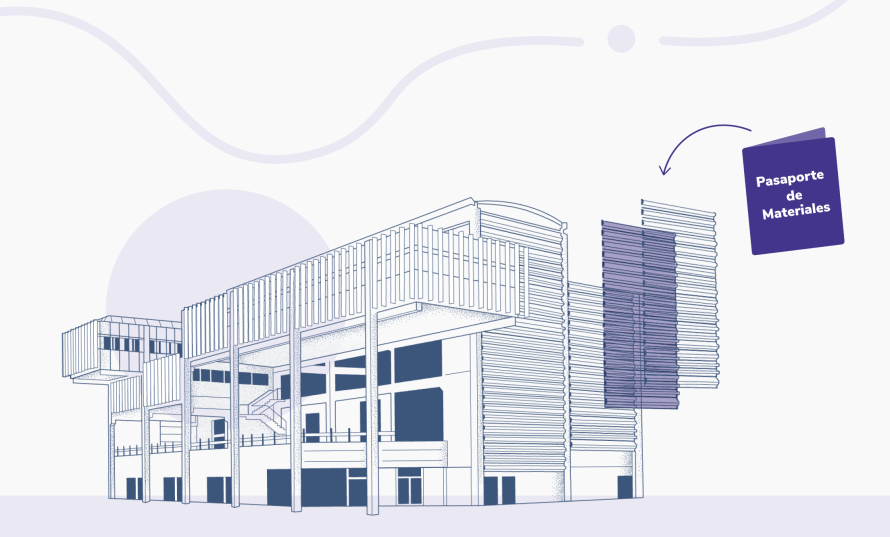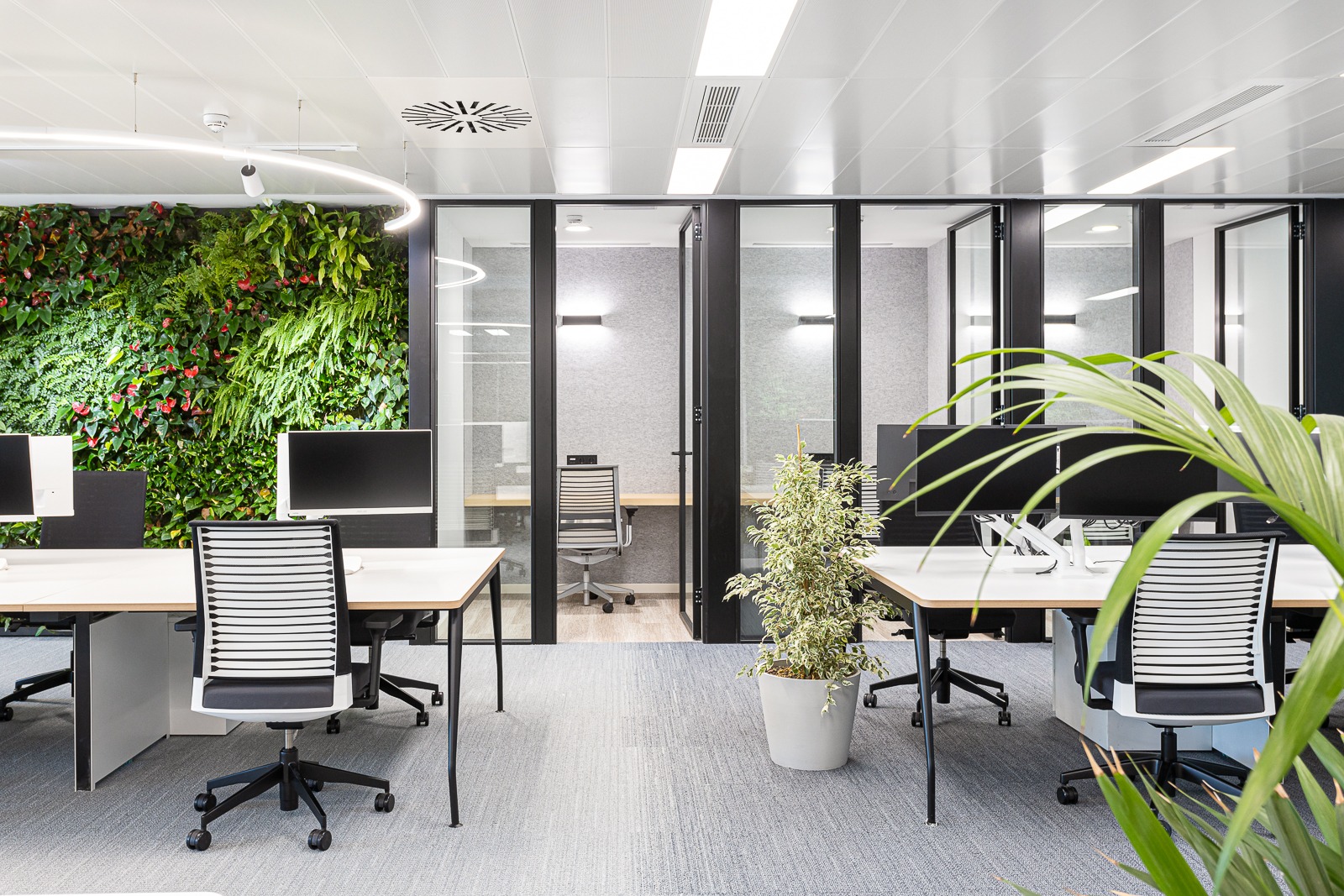
10 October 2023
The Material Passport: essential for the descarbonization of buildings
The search for more sustainable practices in the construction industry has led to the development of the ‘Material Passport,’ a tool for traceability and recovery of future resources that not only innovates in the way construction materials are managed but also, in the case of the European Union, will soon become a regulatory requirement, strengthening the legal foundation for sustainable construction.”
This text explains how the construction industry is moving towards more sustainable practices with the introduction of the Material Passport. This tool allows for better tracking and utilization of construction materials while also becoming a regulatory requirement in the European Union to promote sustainable construction.
But… what is the material passport really?
The Material passport is the identification document for the elements that make up a building. It identifies, quantifies, characterizes, and locates each of the products within the structure. It includes information about their health characteristics and environmental impact, as provided by manufacturers, as well as information about recycled content and methods for proper recovery at the end of their use cycle.
Eco Intelligent Growth has developed and continues to update its own Material Passport in collaboration with Construcía. Combining the practical experience of the construction company with EIG’s knowledge of Cradle to Cradle and supply chains, they have created a comprehensive tool that gathers the necessary information to measure impacts on different fronts. The four main vectors are Material Intelligence, Circularity, Carbon Footprint, and Water Footprint.
Creating an identity for materials allows for product traceability, transforming the building into a resource bank for the future. Materials cease to be waste and become nutrients that are part of an efficient system that does not rely on the extraction of new resources.
According to data published by BPIE, experts in building energy performance in Europe, 97% of existing buildings are currently inefficient and need to be updated. This significantly affects the future of the built environment, which is considered ‘crucial’ in the EU’s sustainable goals agenda. The building sector is seen as an essential player in achieving decarbonization objectives by 2050. Proper management of embedded carbon in products is vital because the more materials are reused, the greater the reduction in emissions.”

Recovering the Investment and Reducing Waste: How to Promote the Recirculation of Installed Products
“Believe it or not, regulatory pressure can be turned into an opportunity to recover a portion of investments, transforming what used to be costs into benefits. The Material passport not only prevents waste creation but also offers a path towards recovering the value of products and materials, avoiding end-of-life management costs. The value of materials and products is often lost due to a lack of identification. The industry cannot reintroduce materials that are not properly characterized and maintained.
Many construction projects aim for sustainability certifications such as LEED or BREEAM. EIG’s Material passport is designed to align with these major certifications and the Level(s) framework, which is developed by the EU to define what constitutes a sustainable building. By using EIG’s Material passport, projects can position themselves better in their quest for financing and investments.”
What benefits are obtained from the Material Passport?
- The building becomes a bank of materials that can be reused indefinitely, with the highest possible quality. This is the key to traceability.
- Waste and GHG emissions are avoided.
- The extraction of raw materials is reduced.
- The value of materials, products and components is maintained over time.
- Incentivizes the supply chain to produce sustainable and circular building materials and products.
- Informs decision making in terms of impacts, toxicity, alignment with frameworks and programs.
- It favors reverse logistics and the recovery of products, materials and components.
- Facilitates access to financing
- Prevents regulatory risks and facilitates the necessary actions to adapt to them.

How to obtain a Material passport
At EIG, we have developed our own Material Passport that can be applied at any stage of the project, from design to deconstruction. Our experience in working with complex supply chains combined with our extensive track record in building projects has led us to create and refine our own tool that manages traceability and measures key impacts. Many buildings, commercial spaces, and residential areas already recognize the potential for recovering their products, how they impact the health of occupants, and the environment. Someday, they may decide how to recover or reuse them, as we have done in our own offices.
If you are committed to the sustainability of your assets and the conservation of the planet, please contact us.